Related Research Articles

The Picture of Dorian Gray is a philosophical novel by Irish writer Oscar Wilde. A shorter novella-length version was published in the July 1890 issue of the American periodical Lippincott's Monthly Magazine. The novel-length version was published in April 1891.

Mary Elizabeth Braddon was an English popular novelist of the Victorian era. She is best known for her 1862 sensation novel Lady Audley's Secret, which has also been dramatised and filmed several times.
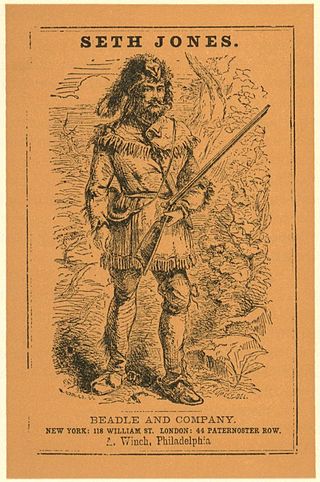
The dime novel is a form of late 19th-century and early 20th-century U.S. popular fiction issued in series of inexpensive paperbound editions. The term dime novel has been used as a catchall term for several different but related forms, referring to story papers, five- and ten-cent weeklies, "thick book" reprints, and sometimes early pulp magazines. The term was used as a title as late as 1940, in the short-lived pulp magazine Western Dime Novels. In the modern age, the term dime novel has been used to refer to quickly written, lurid potboilers, usually as a pejorative to describe a sensationalized but superficial literary work.

William Wilkie Collins was an English novelist and playwright known especially for The Woman in White (1859), a mystery novel and early "sensation novel", and for The Moonstone (1868), which, after Edgar Allan Poe's short story, Murders in the Rue Morgue, has been proposed as the first modern English detective novel.
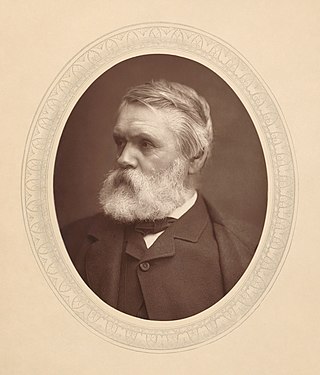
Tom Taylor was an English dramatist, critic, biographer, public servant, and editor of Punch magazine. Taylor had a brief academic career, holding the professorship of English literature and language at University College, London in the 1840s, after which he practised law and became a civil servant. At the same time he became a journalist, most prominently as a contributor to, and eventually editor of Punch.
This article contains information about the literary events and publications of 1866.
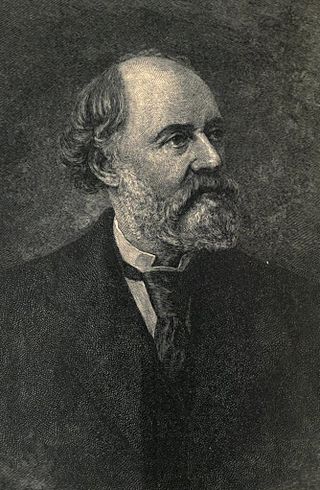
Charles Reade was a British novelist and dramatist, best known for The Cloister and the Hearth.
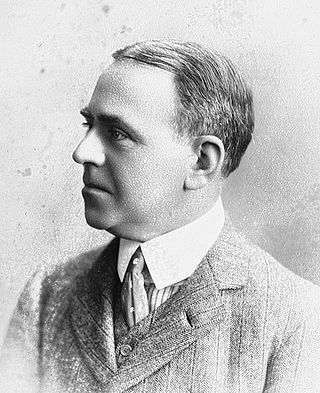
Edward Phillips Oppenheim was an English novelist, a prolific writer of best-selling genre fiction, featuring glamorous characters, international intrigue and fast action. Notably easy to read, they were viewed as popular entertainments. He was featured on the cover of Time magazine in 1927.

Penny dreadfuls were cheap popular serial literature produced during the 19th century in the United Kingdom. The pejorative term is roughly interchangeable with penny horrible, penny awful, and penny blood. The term typically referred to a story published in weekly parts of 8 to 16 pages, each costing one penny. The subject matter of these stories was typically sensational, focusing on the exploits of detectives, criminals, or supernatural entities. First published in the 1830s, penny dreadfuls featured characters such as Sweeney Todd, Dick Turpin, Varney the Vampire, and Spring-heeled Jack.

Ellen Price was an English novelist better known as Mrs. Henry Wood. She is best remembered for her 1861 novel East Lynne. Many of her books sold well internationally and were widely read in the United States. In her time, she surpassed Charles Dickens in fame in Australia.
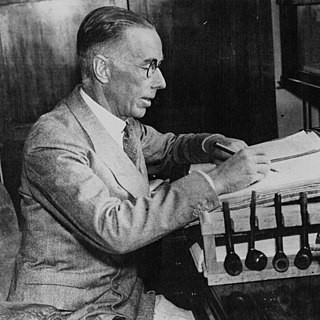
George Warwick Deeping was an English novelist and short story writer, whose best-known novel was Sorrell and Son (1925).

The Penny Magazine was an illustrated British magazine aimed at the working class, published every Saturday from 31 March 1832 to 31 October 1845. Charles Knight created it for the Society for the Diffusion of Useful Knowledge in response to Chambers's Edinburgh Journal, which started two months earlier. Sold for only a penny and illustrated with wood-engravings, it was an expensive enterprise that could only be supported by very large circulation. Though initially very successful—with a circulation of 200,000 in the first year—it proved too dry and too Whiggish to appeal to the working-class audience it needed to be financially viable. Its competitor—which included a weekly short story—grew more slowly, but lasted much longer.

William Winwood Reade was a British historian, explorer, novelist and philosopher. His two best-known books, the universal history The Martyrdom of Man (1872) and the novel The Outcast (1875), were included in the Thinker's Library. Reade published one novel under the pseudonym, Francesco Abati.
The sensation novel, also sensation fiction, was a literary genre of fiction that achieved peak popularity in Great Britain in the 1860s and 1870s. Its literary forebears included the melodramatic novels and the Newgate novels, which focused on tales woven around criminal biographies; it also drew on the Gothic, romance, as well as mass market genres. The genre's popularity was conjoined to an expanding book market and growth of a reading public, by-products of the Industrial Revolution. Whereas romance and realism had traditionally been contradictory modes of literature, they were brought together in sensation fiction. The sensation novelists commonly wrote stories that were allegorical and abstract; the abstract nature of the stories gave the authors room to explore scenarios that wrestled with the social anxieties of the Victorian era. The loss of identity is seen in many sensation fiction stories because this was a common social anxiety; in Britain, there was an increased use in record keeping and therefore people questioned the meaning and permanence of identity. The social anxiety regarding identity is reflected in novels such as The Woman in White and Lady Audley's Secret.
John Camden Hotten was an English bibliophile and publisher. He is best known for his clandestine publishing of numerous erotic and pornographic titles.

George Manville Fenn was a prolific English novelist, journalist, editor and educationalist. Many of his novels were written with young adults in mind. His final book was his biography of a fellow writer for juveniles, George Alfred Henty.

David Henry Friston (1820–1906) was a British illustrator and figure painter in the Victorian Era. He is best remembered as the creator of the first illustrations of Sherlock Holmes in 1887, as well as his illustrations of the female vampire story Carmilla (1872). He is also remembered for his illustrations accompanying reviews of Gilbert and Sullivan operas and plays of W. S. Gilbert in The Illustrated London News and the Illustrated Sporting and Dramatic News in the 1870s and 1880s.
Temple Bar was a literary periodical of the mid and late 19th and very early 20th centuries (1860–1906). The complete title was Temple Bar – A London Magazine for Town and Country Readers. It was initially edited by George Augustus Sala, and Arthur Ransome was the final editor before it folded, while he developed his literary career. It was also edited by Mary Elizabeth Braddon.

Griffith Gaunt, or Jealousy is an 1866 sensation novel by Charles Reade. A best-selling book in its day, it was thought by Reade to be his best novel, but critics and posterity have generally preferred The Cloister and the Hearth (1861).
Hard Cash, A Matter-of-Fact Romance is an 1863 novel by Charles Reade. The novel is about the poor treatment of patients in private insane asylums, and was part of Reade's drive to reform and improve those institutions.
References
- 1 2 3 Sadleir, Michael. Excursions in Victorian Bibliography, p. 170 (2019)
- ↑ (17 August 1871). A Terrible Temptation (review), The Nation , p. 107-08.
- ↑ At the Circulating Library Periodical Information: Cassell's Magazine, Victorianresearch.com, Retrieved 12 March 2021
- ↑ Fantina, Richard. Victorian Sensational Fiction: The Daring Work of Charles Reade, p. 32 (2010)
- ↑ Austin, Finola (4 August 2013). Review: A Terrible Temptation, Charles Reade (1871), The Secret Victorianist